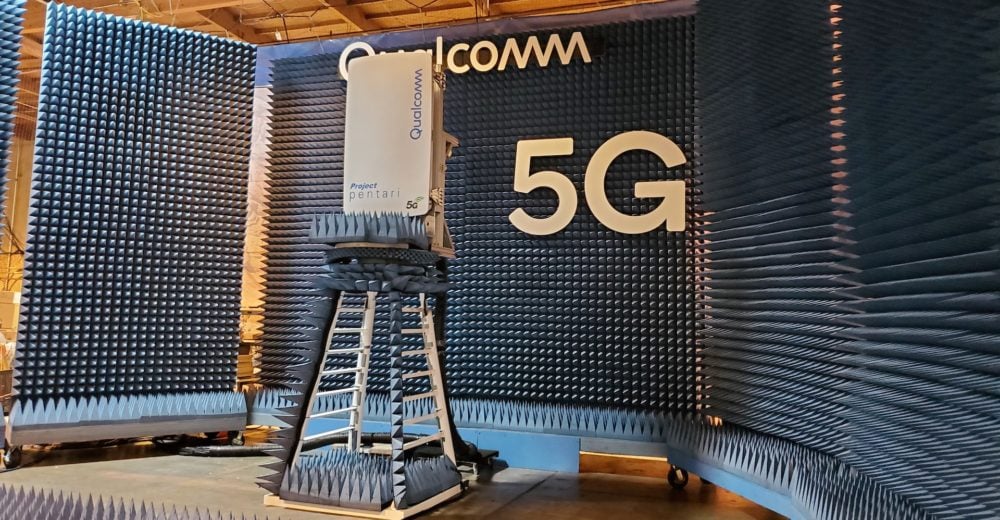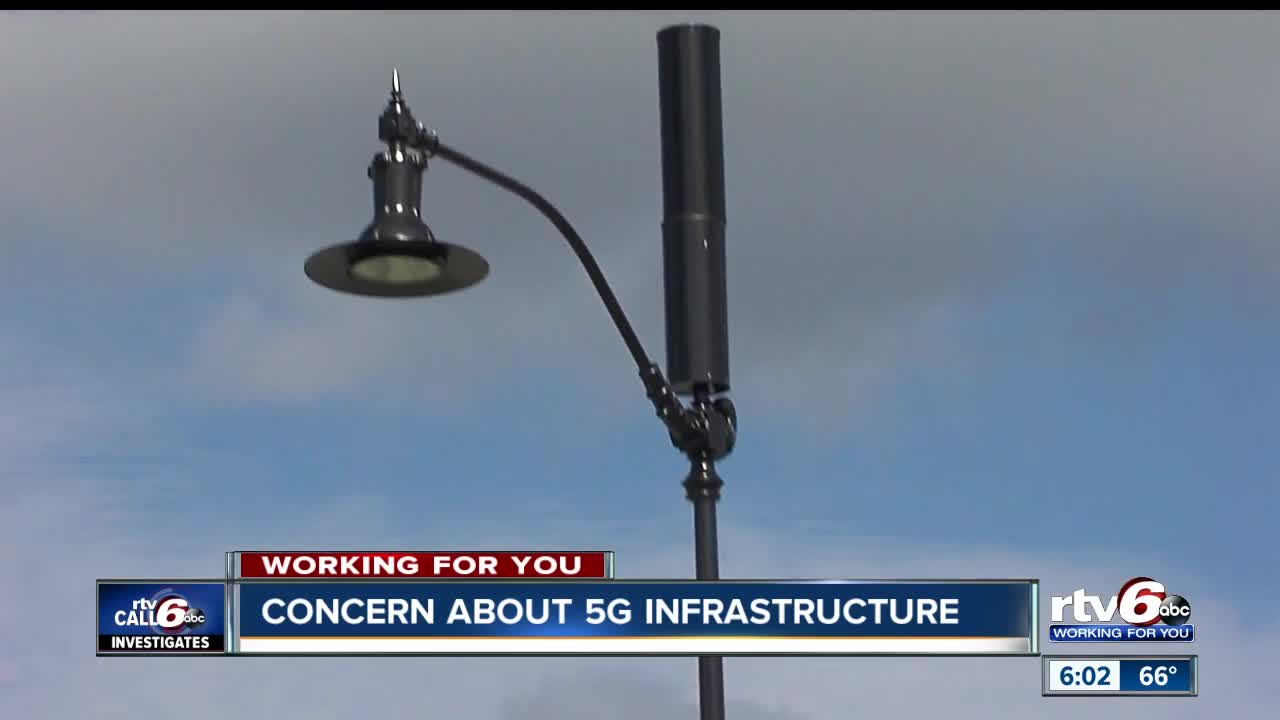The provision of mobile communication services requires using cellular phone towers. These towers are often installed atop buildings, on utility poles, or atop rooftop antennas for mobile phones.
Radiation emitted by cellular phone towers is generally at its highest level inside a radius of fifty meters round the antenna, and it begins to gradually fade away. Because of this, it is vital to keep some space between yourself and a 5G cell tower.
1. The Elevation of the Structure
The new 5G technology runs at greater frequencies than its predecessors did, and waves with this type of high frequency have a far more difficult time penetrating barriers. This means that that a large numbers of smaller towers, sometimes known as tiny cells, will need to be built in cities and residential communities all over the world. These little antennas will be packed considerably more closely together than conventional cell towers, that will result in a never-ending supply of radio frequency (RF) radiation for everybody in the surrounding region.
A lot of individuals are concerned that the newly developed tiny cell antennas would be harmful. They're concerned that surviving in such close proximity to them may raise their threat of developing cancer or other serious health issues. However, there is absolutely no basis for these concerns. The radiofrequency (RF) energy that is emitted by these antennas is much below acceptable levels by way of a factor of hundreds or more. Furthermore, what is a safe distance from a 5g cell tower has discovered that residing close to a cell tower is not associated with an elevated likelihood of becoming sick.

The normal selection of a cell tower is between one and three miles. The number of this tower would depend on the particular devices that are installed onto it along with the terrain that it traverses. The range is often significantly less in urban settings, falling ranging from 0.25 miles and 1 mile.
2. The Signal's Own Particular Frequency
Radiofrequency (RF) radiation, which may be hazardous, is emitted by cellular phone towers. This radiofrequency radiation is with the capacity of penetrating the human body and causing various adverse health effects, including nausea, migraines, and perhaps even cancer.
Cellular towers can handle transmitting data and speech across an easy spectrum of frequencies. Signals operating at lower frequencies, such as 600 MHz and 700 MHz, have a broader coverage radius than signals operating at higher frequencies. For instance, a cell tower that operates on frequencies of 2.5 GHz is capable of covering an area that's at least three miles in radius. However, a cell tower that uses frequencies in the C-band (3.5 GHz) can only broadcast its signal up to a distance of around one mile.

It is necessary for businesses to install a lot more cells in urban settings to make cellular networks more efficient. To carry out this, they will need to construct more cell towers and position them in closer proximity to one another. As a primary consequence of this, the radius of a cell tower has gradually shortened over the course of time. At the moment, nearly all cell towers in metropolitan contexts are located far away of between 0.25 miles and 1 mile in one another.
Because of this, there's increased worry over 5G, which needs additional cell sites. In addition, some individuals are worried these cell sites will be useful for espionage purposes against the local populace. For example, there exists a hypothesis that the introduction of 5G would lead to the proliferation of phony cell towers referred to as stingrays. These stingrays transmit signals to nearby cell phones, which then permit the phones to identify an individual and locate them.
3. The Influence that the Signal Has
The quantity of energy that is being conveyed by the signal is what's designed to be represented by the signal's power. The greater the power, the greater the amount of energy that is being transferred. The frequency of the signal and the amount of time that it's sent for both impact the effectiveness of the signal.
There are a great number of individuals who are worried about the potential threats that 5G mobile towers pose with their health, privacy, and safety. They're furthermore afraid that the towers could have a negative effect on the value of these home. There are even efforts being manufactured in certain areas to outright prohibit installing these cell towers.
The point that 5G consumes lots more power than its predecessors in neuro-scientific wireless technology is probably the primary resources of concern relating to this new standard. This indicates that there is a larger possibility for the towers release a radiation into the environment. Addititionally there is what is a safe distance from a 5g cell tower that rays emitted by the towers might bring about adverse health effects, including as cancer or coronary disease.
However, there is absolutely no basis for these concerns. Research shows that the levels of radio frequency (RF) radiation emitted by 5G towers are hundreds and even thousands of times less than what's considered acceptable. Furthermore, the radiation that's emitted by cell towers will not be absorbed by live tissue and is unable to travel through the human body. In https://socialmarketinggenie.com/what-takes-its-safe-distance-from-a-5g-cell-tower/ , the wavelengths of the signals sent by 5G towers are much shorter than those of previous generations of cellular phone technology. This implies they can only travel over short distances, and the cell towers have to be closer together than these were with older technologies so that you can accommodate this limitation.
4. The Amount of Space That Separates You and the Tower
There is fear an increased number of cell towers will undoubtedly be required once the current 4G network is upgraded to the 5G network. That is because of the fact that the 5G network will operate at higher frequencies, and waves of an increased frequency have a more difficult time traveling across greater distances and penetrating barriers like as buildings, hills, and trees. For that reason, cell towers have to be located more nearer to one another than these were in earlier generations of technology. Therefore you can find always more transmitters in the surroundings around you.
The issue is that the majority of people believe tiny cells are the same thing as a 5G cell tower. Mounted on utility poles or light poles, small cells are really antennas that function in conjunction with huge macro-towers to build wireless networks. Typically, these small cells are mounted on utility poles. They are not regarded to become a component of a mobile phone tower; yet, due to the close proximity of the devices to homes and businesses, some individuals wrongly link them with 5G technology.
The radiation from mobile phones is at its highest point in the initial section of the tower's radius; it then begins to drop as you go further from the tower. Studies have indicated that one people who have a home in close proximity to a mobile phone tower have bodily discomforts such as for example headaches and indigestion. This can be a case for some of these individuals. In one research study that was carried out in Germany, participants were observed for an interval of a decade while they were residing within 400 meters of two cellular phone towers. find it here found that the risk of being identified as having cancer was 3 x greater for many who lived in closer proximity to the tower compared to those that lived farther away.
